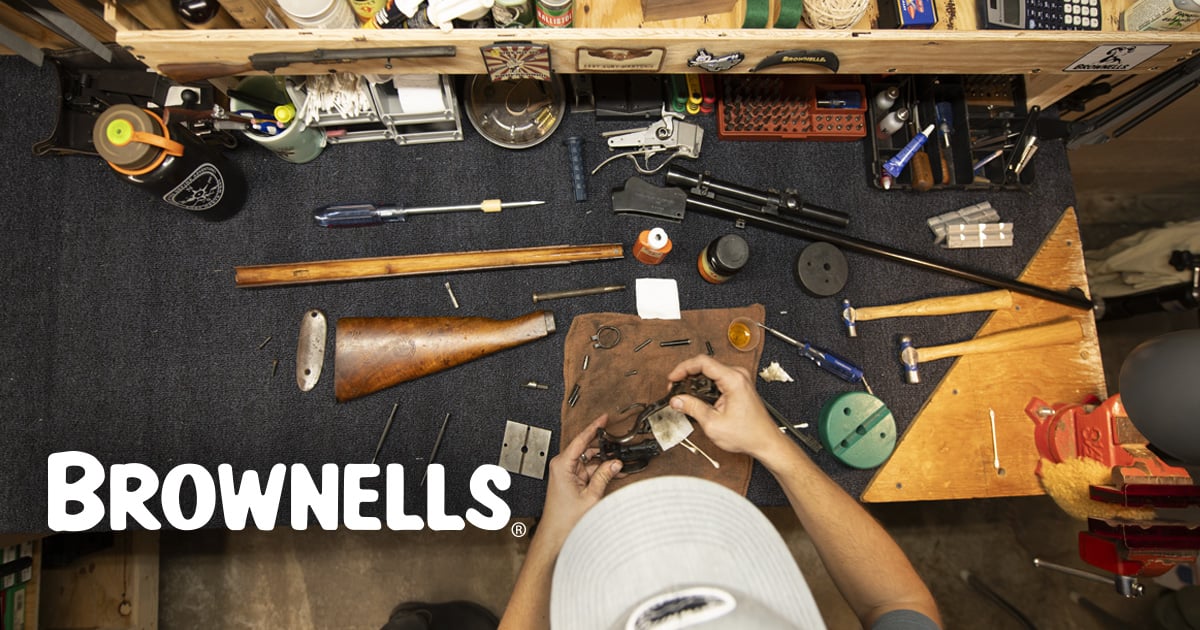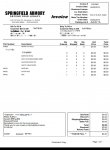I have a Springfield Armory RO Elite Operator 1911 in 10mm.
First time out to the range, it shot 100 rounds flawlessly (not one malfunction). I was shooting 180gr FMJ Sig ammuntion.
Decided to install a Trijicon RMR using an EGW dovetail mount and went to the range today to get it all sighted in.
This time I brought a couple of new Wilson Combat mags another 100 rds of ammo (1 box of Magtech and 1 box of Sellier&Bellot, both 180gr FMJ).
This range session resulted in 1 failure to feed after another. It made no difference between the boxes of ammo. Tried both ammo brands in the original mags and also both wilson combat mags.
Could the issue be with the weight that the RMR and dovetail mount added? Cheap ammo?
Also note that before my range session today, the gun was stripped, cleaned and oiled well.

First time out to the range, it shot 100 rounds flawlessly (not one malfunction). I was shooting 180gr FMJ Sig ammuntion.
Decided to install a Trijicon RMR using an EGW dovetail mount and went to the range today to get it all sighted in.
This time I brought a couple of new Wilson Combat mags another 100 rds of ammo (1 box of Magtech and 1 box of Sellier&Bellot, both 180gr FMJ).
This range session resulted in 1 failure to feed after another. It made no difference between the boxes of ammo. Tried both ammo brands in the original mags and also both wilson combat mags.
Could the issue be with the weight that the RMR and dovetail mount added? Cheap ammo?
Also note that before my range session today, the gun was stripped, cleaned and oiled well.




